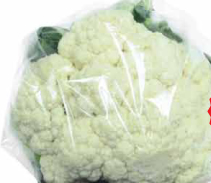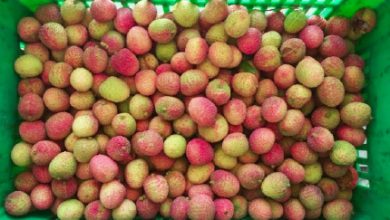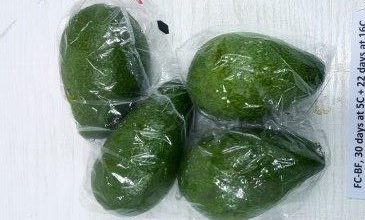Environmentally-responsible approach in fresh produce packaging
Growing attention to food loss and food waste is reflected in the Sustainable Development Goals
Shay Zeltzer shay@rop-ltd.com
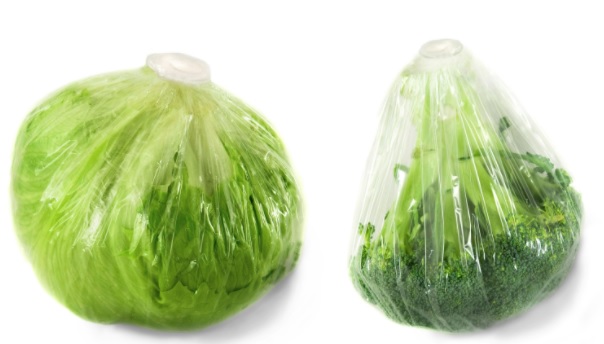

“Plastic out!” The call for banning plastic packaging altogether is likely to lead to the opposite effect than desired. Instead of reducing of carbon footprint the unavoidable implication of eliminating packaging will increase fresh produce waste which not only will it take toll on the environment but also increase hunger, reduce food security and drive fresh produce prices higher than it is now.
So what do we do about it?
5 Principals in the approach towards environmental responsibility in fresh produce marketing.
In collaboration with the Ministry of Agriculture and the Ministry of Environmental Protection, ROP has recently spelled the 5 principals in the approach towards environmentally responsibility in fresh produce marketing. This was also presented on the FoodTech Virtual Delegation to Israel, an event took place earlier this month.
Environmentally-responsible approach includes:
1. Taking actions to preserve freshness and reduce food losses and food waste along the entire logistic chain from the farm to consumption.
2. Packaging selection for those that are suitable for protecting the freshness of the produce within.
3. Reducing packaging to the minimum required.
4. Packaging material selection for those with the least harmful impact on the environment.
5. Developing bio-degradable / compostable packaging / edible coating
Growing attention to food loss and food waste is reflected in the Sustainable Development Goals (SDGs). SDG Target 12.3 calls for halving per capita global food waste at the retail and consumer levels and reducing food loss along production and supply chains (including post-harvest losses) by 2030 . Discussing tradeoffs between increased fresh produce waste and the use of plastic packaging, the report further spells that “it is important to look at the entire packaging–product system in life cycle analyses to assess properly the total environmental burden of measures adopted… Adequate packaging may prevent food losses or waste by protecting and extending the shelf life of food products. Packaging is increasingly blamed for having one of the highest environmental footprints in the food system. However, assessments of its environmental impact often overlook the benefits that it brings in reducing food losses or waste. To evaluate the total environmental burden of food packaging adequately, the environmental footprint of the losses or waste that are avoided by using it, as well as the potential for recycling the packaging, must be considered. The net balance of environmental benefits and damage varies between food products. Using packaging to avoid losses of products with a heavy footprint in production may bring more environmental gains than not using packaging and facing a higher level of losses”
Fresh produce always makes it to the cashier in a bag (or other packaging type), this is a fact.
With that in mind, one might suggest that the produce is better packaged into retail packaging at source so that it is protected all the way from the farm to the consumer. The right protection means creating the atmosphere inside the packaging to reduce the respiration rate and thus slow down metabolism / aging of the produce packaged. It also means that the packaging material used is capable to prevent dehydration while avoiding creation of excess moisture, fogging and free water droplets formation inside the bag which presents risk to accelerate spoilage of the produce within.
Then how do you know which packaging material to use?
Well here comes to play the combination of post-harvest physiology and polymer engineering knowhow. Because not all produce items are the same in its respiration rate, sensitivity to spoilage causes, dehydration rate and other physiological attributes affecting its longevity and deterioration rate, a specific packaging is engineered for each produce item or sometimes family if crops. The same applies to the polymers used as well. They differ in its permeability to carbon dioxide, oxygen and water vapor. Also they could be manufactures in various gauges and include special characteristics like integrated antifog or stability to specific temperature conditions.
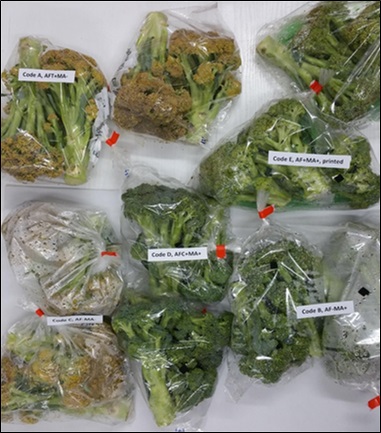
Fig. 1:Not all plastic bags are the same. Various film materials are tested for its potential to preserve the freshness and presentation of broccoli.
The optimal packaging would be the one that preserves the freshness of the produce packaged, minimizes dehydration, prevents formation of fogging and free water droplets and delays other senescence related physiological processes. The right packaging has the potential to reduce waste to near zero figures. In addition to its impact on the produce itself, the packaging material chosen should be the lowest in gauge possible, made of mono polymers, recyclable or compostable.
The role of the regulation
Professional approach should be adopted to how packaging materials used are selected. The Ministry of Environmental Protection should intervene, applying measures for the efficacy of the packaging used in reducing waste. The industry should be advised of the right packaging to use for each specific produce items. The same way, unnecessary or environmentally compromising materials should be banned and if insisted to be used by growers, shippers or packers then it should be taxed accordingly.
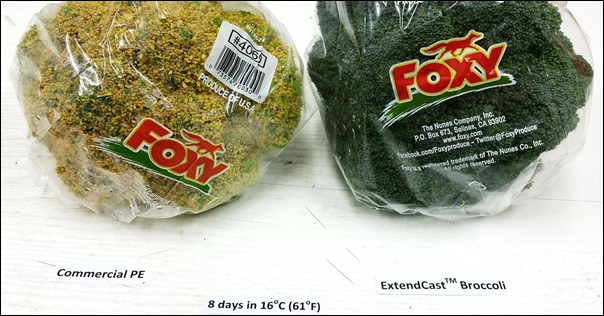
Fig. 2: ExtendCast Broccoli by ROP (right) vs. commercially used polyethylene bag (left)

